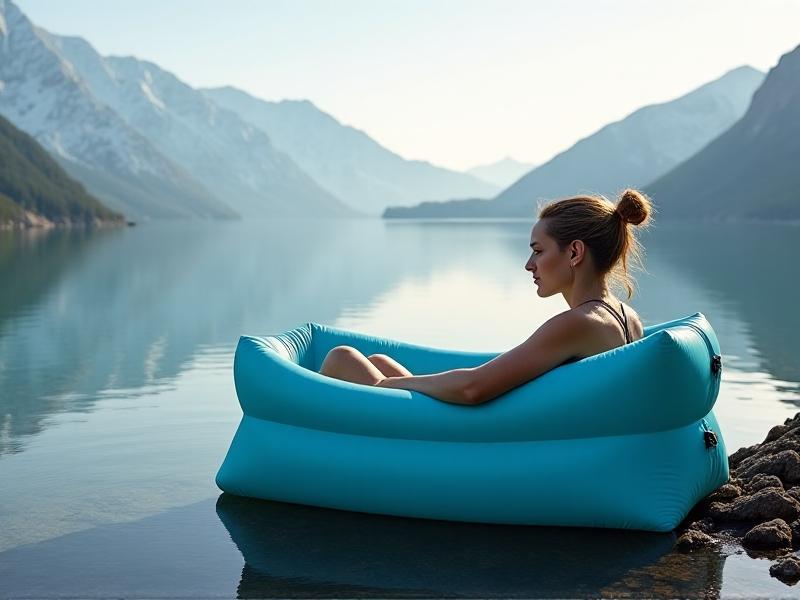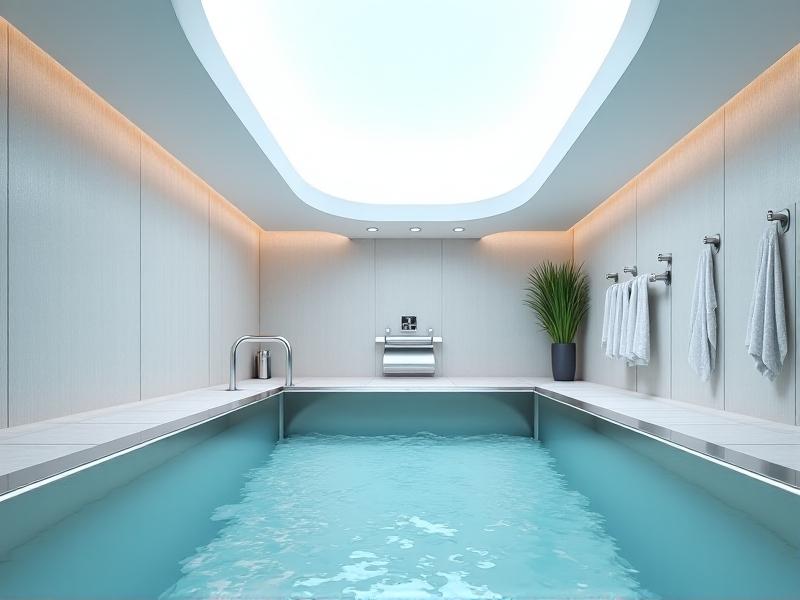Weatherproof Timer Systems for Outdoor Setups
Understanding Weatherproof Timer Systems
Weatherproof timer systems are specialized devices designed to automate electrical equipment in outdoor environments while withstanding harsh weather conditions. These systems are essential for managing lighting, irrigation, holiday decorations, and other outdoor setups that require precise timing and durability. Unlike indoor timers, weatherproof variants are built with reinforced casings, sealed components, and corrosion-resistant materials to endure rain, snow, UV exposure, and temperature fluctuations. They often feature programmable settings, allowing users to create schedules that align with seasonal changes or specific needs.
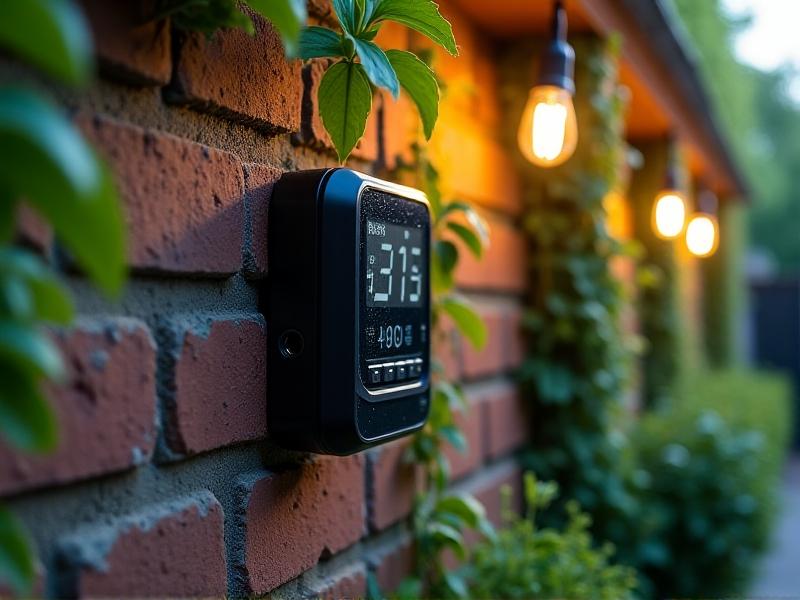
Homeowners and businesses rely on these timers to enhance energy efficiency and convenience. For example, garden lights can be programmed to turn on at dusk and off at dawn, reducing electricity waste. Meanwhile, irrigation systems benefit from timers that adjust watering schedules based on weather patterns. The integration of smart technology in modern weatherproof timers enables remote control via smartphones, adding another layer of adaptability. However, the core value lies in their resilience—ensuring consistent operation even during storms or extreme heat.
Why Weather Resistance Matters in Outdoor Timers
Outdoor environments pose unique challenges for electrical devices. Moisture, dust, and temperature swings can degrade conventional timers, leading to malfunctions or safety hazards. Weatherproof timers address these issues through robust engineering. For instance, enclosures rated IP65 or higher prevent water ingress, while UV-resistant plastics prevent cracking under prolonged sun exposure. These features not only extend the device’s lifespan but also reduce maintenance costs and the risk of electrical fires.
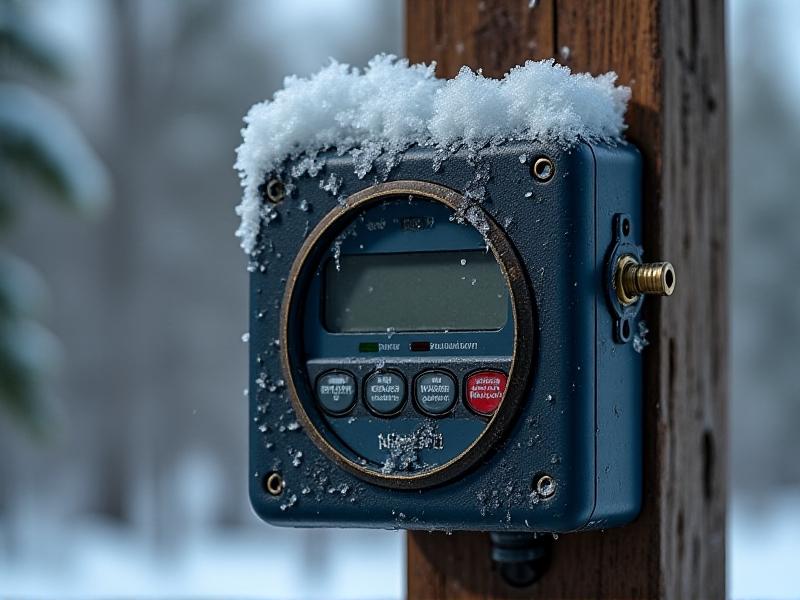
Consider a holiday light display in a region with heavy winter snowfall. A non-weatherproof timer could short-circuit after snowmelt seeps into its circuitry, potentially damaging the lights or tripping breakers. In contrast, a weather-resistant model with a watertight seal keeps internal components dry, ensuring uninterrupted operation. Similarly, coastal areas with salt-laden air require timers made from corrosion-resistant materials like stainless steel or marine-grade polymers. By prioritizing weather resistance, users safeguard their investments and avoid frequent replacements.
Key Features to Look for in Reliable Outdoor Timer Systems
When selecting a weatherproof timer, prioritize features that align with your environment and usage needs. Look for high ingress protection (IP) ratings—IP65 or higher is ideal for outdoor use. These ratings indicate dust-tight construction and protection against water jets. Durable materials like polycarbonate or ABS plastic offer impact resistance, while copper-alloy terminals prevent rust in humid conditions. Programmability is another critical factor; multi-channel timers allow independent control of different devices, such as pool pumps and pathway lights.
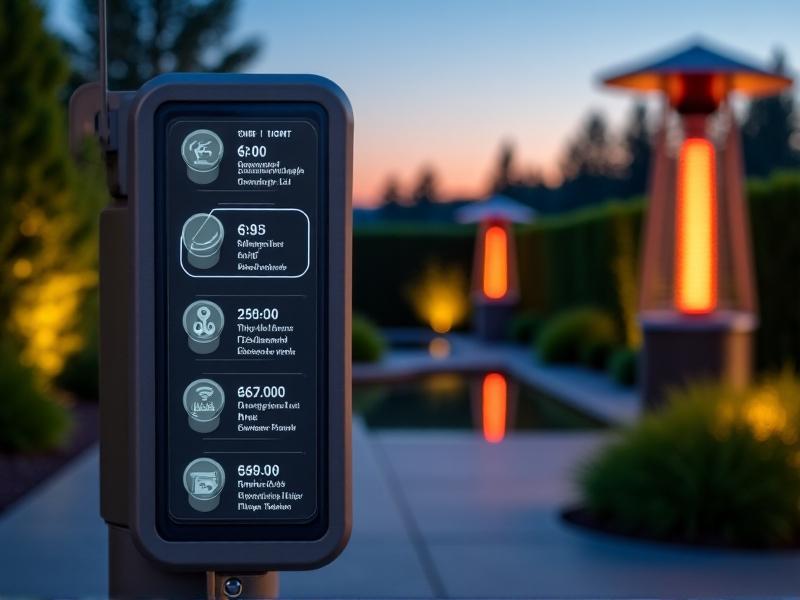
Advanced models may include light or motion sensors for automatic adjustments. For example, a dusk-to-dawn feature activates lights based on ambient light levels, eliminating manual programming. Smart timers with Wi-Fi connectivity enable real-time adjustments via apps, perfect for unpredictable weather. Additionally, battery backups ensure settings aren’t lost during power outages. Always verify certifications like UL or ETL listings, which confirm the timer meets safety standards. Balancing these features with your budget ensures a system that’s both reliable and cost-effective.
Installation Tips for Long-Lasting Performance
Proper installation maximizes the effectiveness and longevity of weatherproof timers. Start by choosing a location sheltered from direct rainfall and extreme temperatures—under eaves or inside a weatherproof enclosure. Ensure the timer is mounted securely to avoid vibrations or accidental dislodging. Use waterproof conduit and sealed connectors for all wiring to prevent moisture ingress. If the timer has a solar panel, position it to receive unobstructed sunlight, avoiding shaded areas or reflective surfaces that could cause overheating.
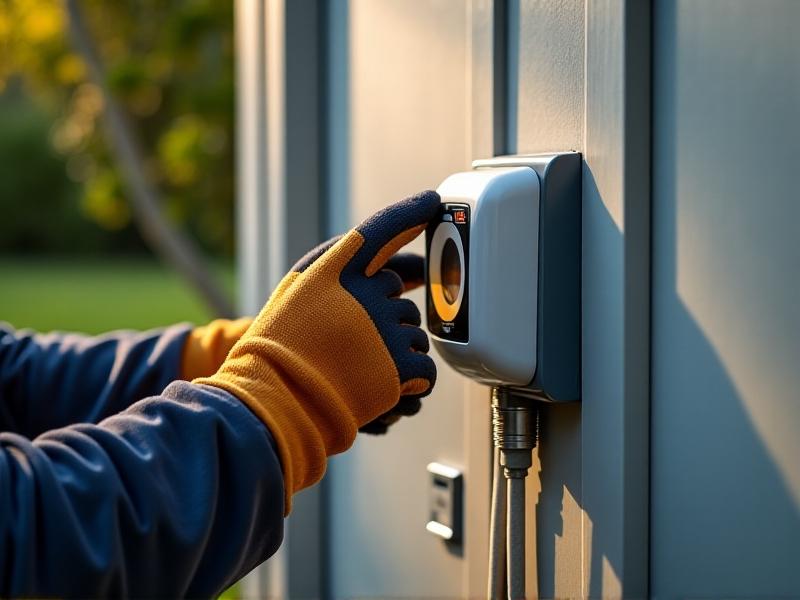
Label circuits clearly during setup to simplify troubleshooting. For smart timers, test wireless connectivity before finalizing placement; thick walls or metal structures may interfere with signals. Apply dielectric grease to metal contacts to inhibit corrosion, especially in coastal or high-humidity regions. Finally, conduct a trial run to verify schedules and sensor responsiveness. Addressing these details during installation minimizes future issues and ensures seamless integration into your outdoor setup.
Maintenance Practices to Extend Timer Lifespan
Regular maintenance is key to preserving a weatherproof timer’s functionality. Inspect the device monthly for cracks, loose seals, or insect nests. Clean the exterior with a soft cloth and mild detergent to remove dirt or salt residue—avoid abrasive cleaners that could damage protective coatings. Check gaskets and O-rings for wear, replacing them if they’ve hardened or lost elasticity. In colder climates, ensure vents aren’t blocked by ice to prevent overheating.
Test backup batteries annually and replace them proactively. For solar-powered models, clean panels seasonally to maintain efficiency. Update firmware on smart timers to access the latest features and security patches. Keep a log of maintenance dates and any anomalies observed, such as erratic scheduling or moisture inside the casing. By adopting these habits, users can prevent minor issues from escalating into costly repairs or replacements.
Real-World Applications Across Different Settings
Weatherproof timers are versatile tools used in residential, commercial, and agricultural contexts. Homeowners deploy them for automated holiday displays, security lighting, and pool filtration. Municipalities rely on timers to control streetlights and public fountain displays. In agriculture, they manage irrigation cycles, optimizing water use while preventing overwatering. Even sports facilities use timers to operate field lights and scoreboards during events.
One innovative application is in urban greenhouses, where timers regulate grow lights and ventilation systems. By syncing with weather forecasts, smart timers adjust settings dynamically—for example, reducing irrigation during predicted rainfall. Similarly, restaurants with outdoor patios use timers to control heaters and decorative lighting, enhancing guest comfort while conserving energy. These examples illustrate how weatherproof timers adapt to diverse needs, proving indispensable in both everyday and specialized scenarios.
Innovations and Future Trends in Outdoor Timer Tech
The future of weatherproof timers lies in smarter, more sustainable designs. Advances in IoT enable timers to integrate with home automation systems, allowing voice control via platforms like Alexa or Google Home. Solar-powered models are becoming mainstream, reducing reliance on grid electricity. Predictive algorithms are another frontier—imagine timers that learn usage patterns and adjust schedules autonomously, or ones that sync with real-time weather data to skip irrigation on rainy days.
Manufacturers are also exploring biodegradable materials and modular designs for easier repairs. Wireless charging and energy-harvesting technologies could eliminate the need for battery replacements. As climate change intensifies weather extremes, demand for rugged, adaptive timer systems will grow. These innovations promise not only greater convenience but also a smaller environmental footprint, aligning with global sustainability goals.


